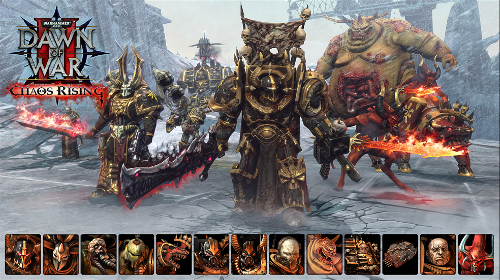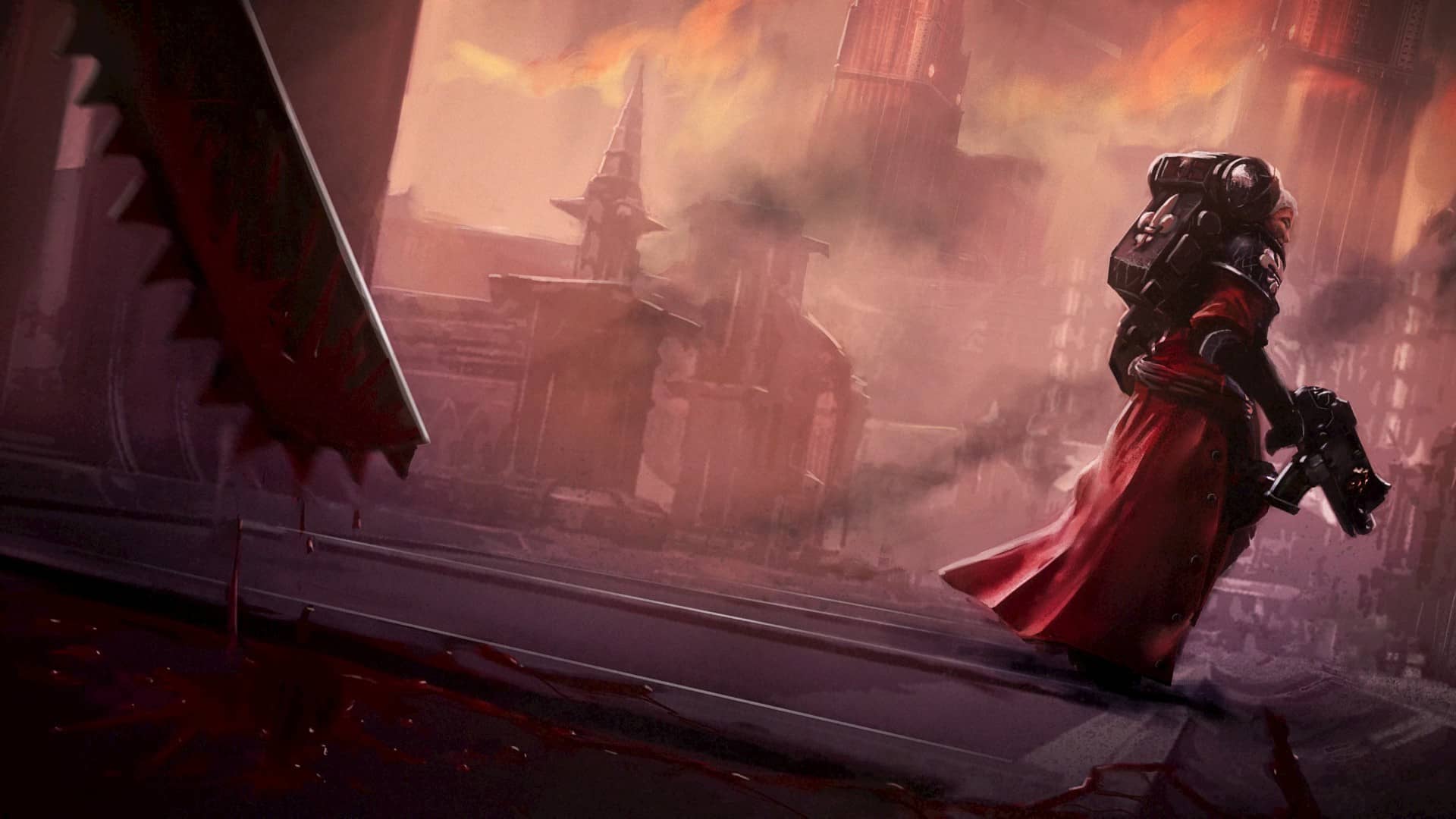

Nature, many cases are indeed related to the drug trade.


In the northern consumer countries corruption also plagues the banking sector, whose purpose is primarily to "launder" illegal money with the participation of officials from public or private entities. Authorities grant certain concessions (relaxing controls, rejecting extradition, influencing electoral campaigns, etc.), allowing drug dealers greater influence, flexibility and control that facilitates drug sales in the North, their final destination, through customs and police officials. In countries such as Colombia and Mexico, the link between corruption and drug trafficking is evidenced in the direct connection between cartels and government officials. (1) Narco-traffickers transport drugs out of isolated jungle valleys for their refinement outside of the country, often under supposed police control. However, 99% of the cocaine supply comes from Andean countries which have forms of government conducive to corruption. Institutionally weak, drug-producing or trafficking countries. The existing relationship between corruption and illegal drug trafficking does not occur exclusively in As a result, it is necessary to analyze the benefits offered by both sectors, drug traffickers and state institutions, which facilitate acts of corruption when they interact. Thus, it is crucial to inquire into the exact magnitude, methods and situations of the upper echelons of state power in these criminal organizations, as well as their powerful presence through corruption in distinct levels of government. The media portrays the growing number of cases where Latin American government officials, particularly the armedįorces and police, are involved with organizations that traffic or profit from illegal substances.


 0 kommentar(er)
0 kommentar(er)
